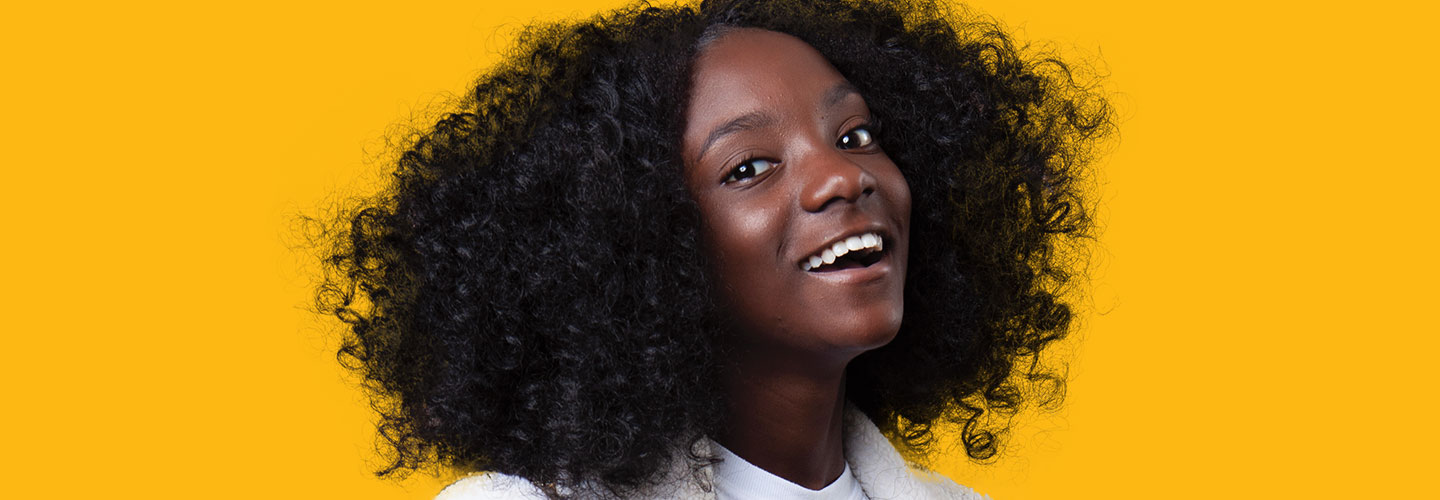I’ll never forget the moment when I realized I stood out. I was in second grade. Kids would say stuff like “you’ve been in the oven too long.” They would call me a dead roach or a burnt biscuit. I realized they were making fun of my dark skin. It hurt—especially since the bullying came from other Black kids.
I got the message loud and clear: The only way to be beautiful is to have a light complexion. It made me feel uncomfortable in my own skin. I wished that I could change the way I looked.
I’ll never forget the moment when I realized I stood out. I was in second grade. Kids would say stuff like “you’ve been in the oven too long.” They would call me a dead roach or a burnt biscuit. They were making fun of my dark skin. It hurt, especially since the bullying came from other Black kids.
I got the message: It takes a light complexion to be beautiful. It made me feel uncomfortable in my own skin. I wished I could change the way I looked.
I was in second grade when I realized I stood out. Kids would say stuff like “you’ve been in the oven too long.” They would call me a dead roach or a burnt biscuit. I quickly realized they were making fun of my dark skin. It hurt—especially since the bullying came from other Black kids.
Basically, what these kids were telling me was that the only way to be beautiful is to have a light complexion. It made me feel uncomfortable in my own skin, and it made me wish I could change my appearance.

